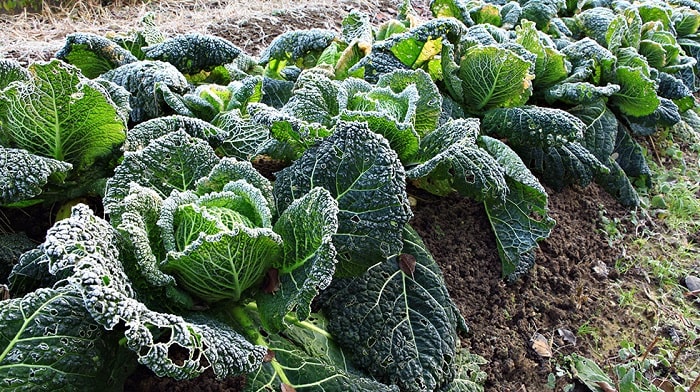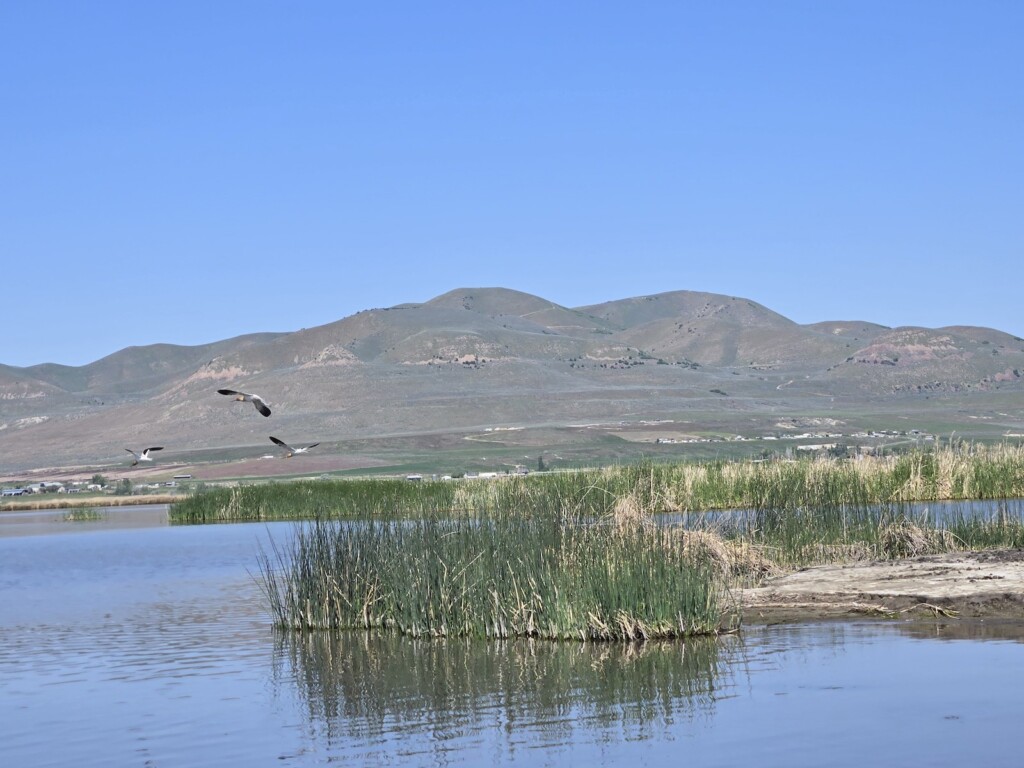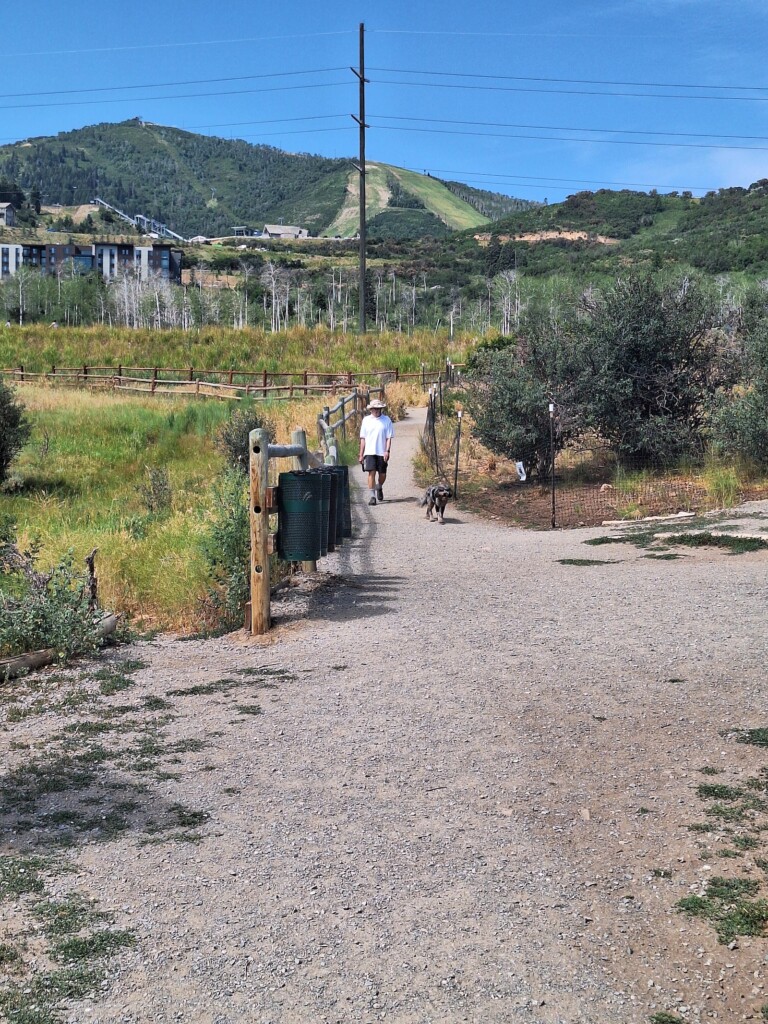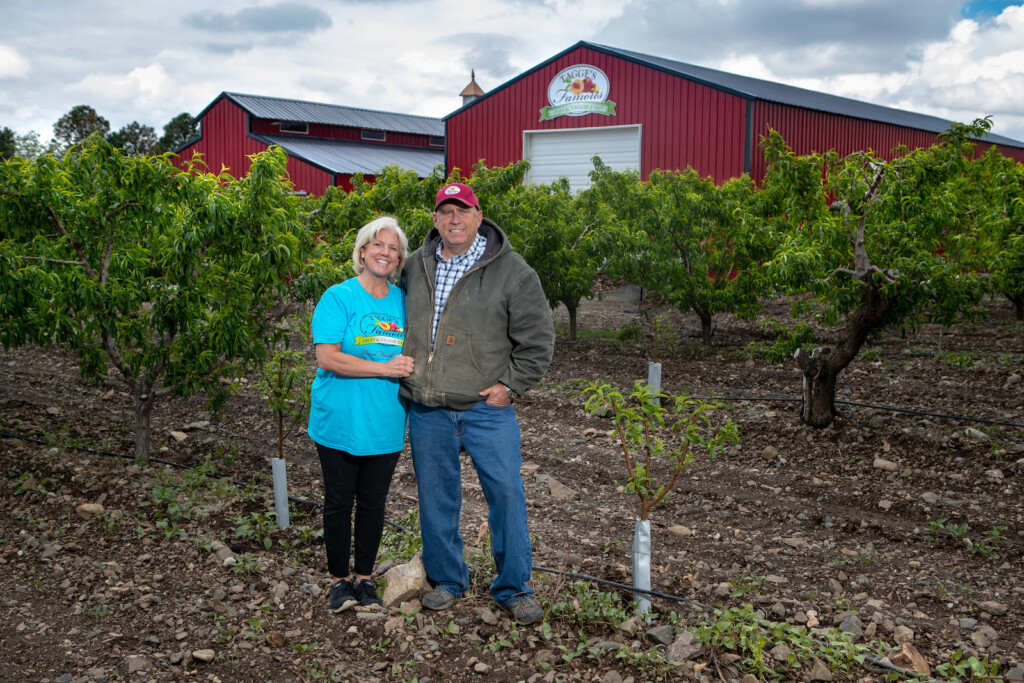
Why Wait for Spring?
Most gardeners believe the only way they can grow vegetable plants during the dead of winter is in some type of greenhouse.
However, I have successfully grown cold-hardy plants such as spinach, lettuce, arugula and even carrots, beets, radishes and Swiss chard right through the coldest Utah winters for more than 30 years without any protection from the cold!
Seedling Secrets
I have found that the younger the seedlings are before going into the cold months, the better they can survive temps well below zero. There are also not many problems with insects during the winter and early spring. The trick is to have seedlings that are very young since they are the most resilient. If seedlings are too old, they are almost guaranteed to die.
Snow is a good insulator, but without light, older seedlings may grow too spindly trying to reach the sun. Their long, thin stems simply cannot handle the harshness of the sun and cold. My approach is to plant two or three “successions” of seeds late enough in the fall that they will sprout, but so late they have little chance to grow.
A succession is one planting, and I usually separate them by a couple of weeks. Not knowing which varieties will do better, I mix a variety of similar-sized seeds in a small bag. For example, radish and spinach seeds are much larger than those of lettuce or endive. I have always believed that “variety is the spice of life,” so the more diversity, the better.
Winter Gardening
I first lightly turn the soil in an area that had an earlier harvested crop. Then I rake out the clods and scatter a relatively thick planting of the mixed seeds. Using the back of the rake, I tamp the area down and then water it and lightly cover it with peat moss. If cold winter temperatures arrive early, that limits additional plantings because they might not sprout.
I find that some seeds might still sprout during the warmer temperatures of a midwinter thaw. Sometimes those late plantings turn out to be the most successful.
My success rate for at least one of those plantings has been about four out of every five years, with usually one of the successions outperforming the others. But having greens and veggies for salads so much earlier than other gardeners, with so little work and expense, can be a great reward.
This year we have been eating great tossed salads for months from plantings last fall, so I’m going to keep doing what I have done for years.





